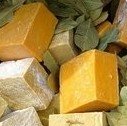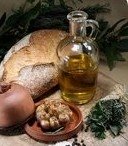How to get rid of stink bugs?
What is the best way to deal with stink bugs and to get rid of them in the garden?
Comments for How to get rid of stink bugs?
|
||
|
||
|
||
Did you find this page helpful?
Sharing is a way of saying, "Thanks!"
Follow Us and Keep Up to Date
Go back to the Home Page





